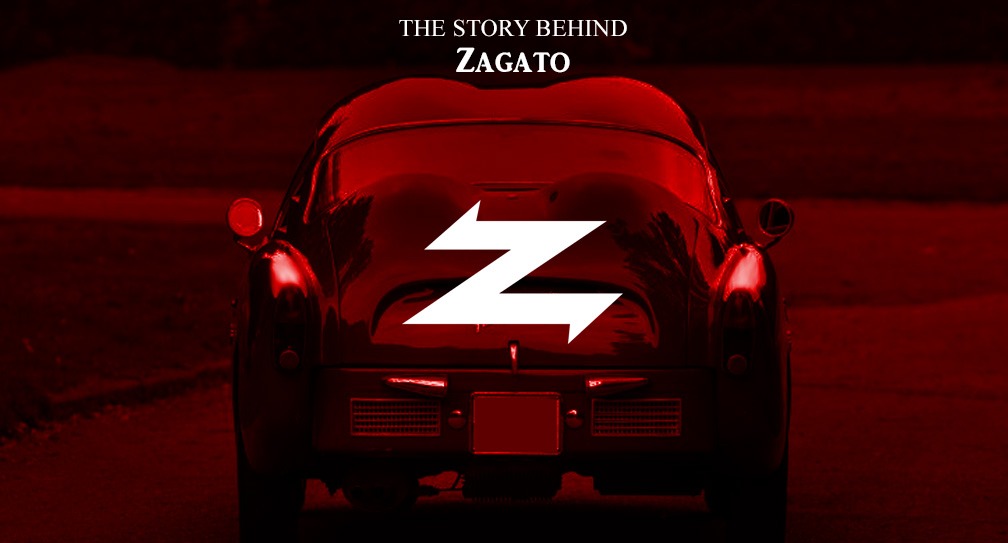
The 1910s: Aeronautics
Ugo Zagato was born in Gavello, near Rovigo, on June 25, 1890. He began his coachbuilding career in 1919 when he left Officine Aeronautiche Pomilio to set up his own business in Milan. This was: “the construction and repair of bodies for automobiles and airplanes”. He did so with the intent of transferring sophisticated constructional techniques that combined lightness with strength from the aeronautics to the automotive sector.
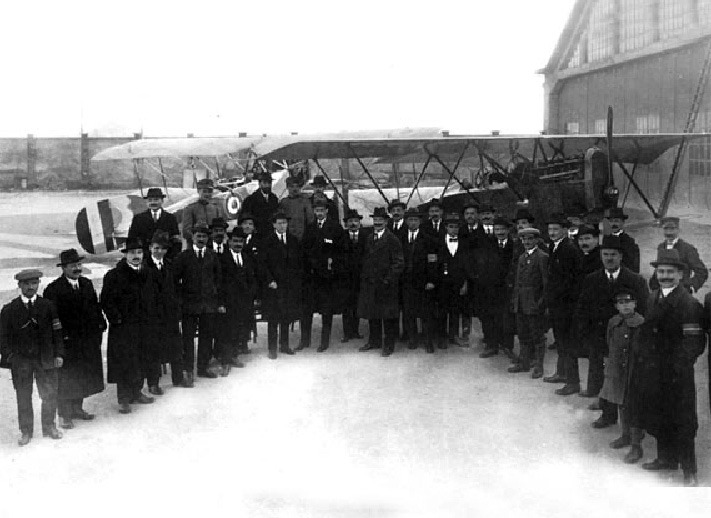
The 1920s: Racing cars
Cars of the time were still bulky and heavy: Ugo Zagato conceived them as lightweight structures, with a frame in sheet aluminium similar to an aircraft fuselage. This change in direction came to represent a fundamental chapter in the history of taste and saw, in Europe, the adoption of the concept of functionalism applied to automotive design.
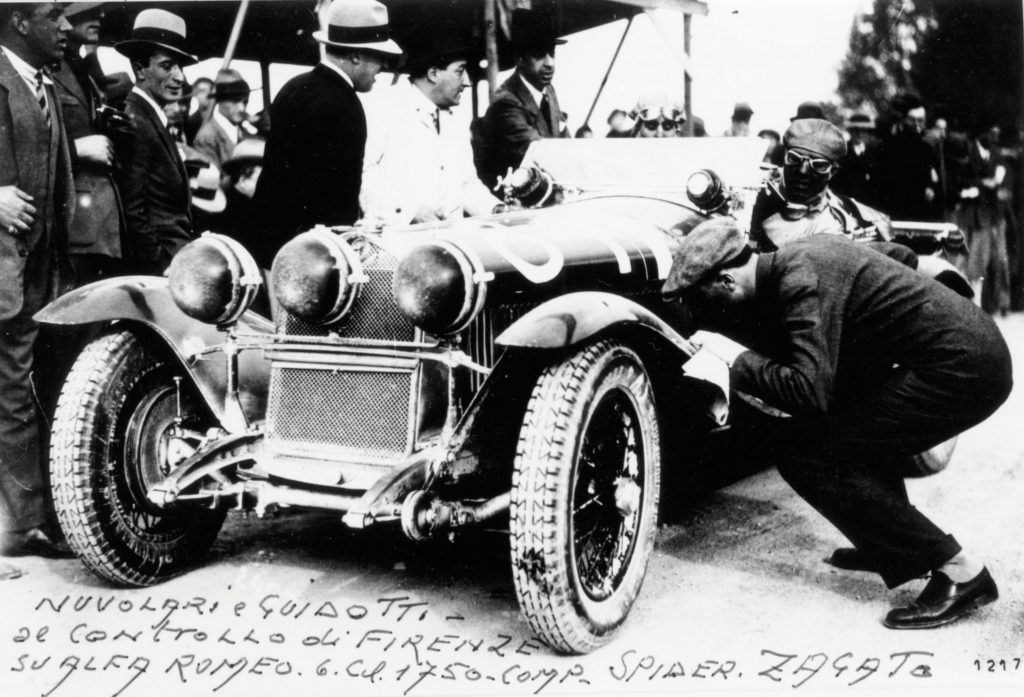
Zagato, using his Aeronautics culture, succeeded in creating a sleek and light body for the car, which scored a 2nd place OA at the 1927 Mille Miglia and it won the 1928 edition. The 6C 1500 technical qualities were improved also on the Alfa Romeo 6C 1750, which was introduced in 1927. It was bodied in several versions (Turismo, Sport or Granturismo, Super Sport or Gran Sport) and achieved overall victories in the Mille Miglia in 1929 (Campari-Ramponi) and 1930 (Tazio Nuvolari, Achille Varzi, Giuseppe Campari and Pietro Ghersi filled the first four places). Enzo Ferrari started his career at Alfa Romeo in 1929 then founded Scuderia Ferrari as the official team for race Alfas.
Also Bugatti, Maserati, Diatto, OM and even Rolls-Royce were clients of Zagato since the beginning.
The 1930s: Aerodynamic cars
During these decades, Zagato continued building a variety of aerodynamic cars. He adopted inclined windscreens, more aerodynamic headlights, firstly enclosing them in aluminium hemispheres and then incorporating them within the bodywork, convex bootlids and perforated disc wheels that favoured brake cooling. Thirty-six Zagato bodied cars were at the start of the 1938 Mille Miglia.
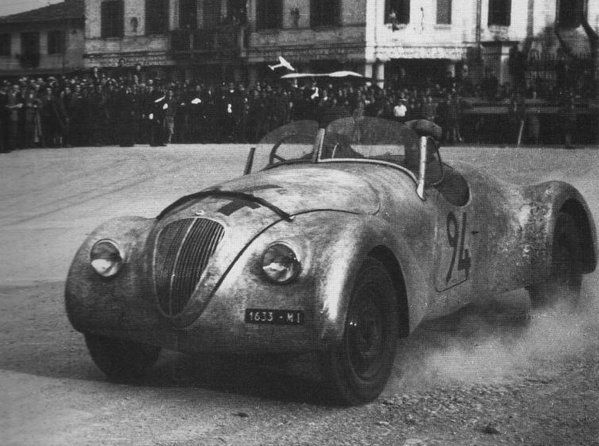
The 1940s: Panoramic cars
At the outbreak of the Second World War, Ugo Zagato escaped from Milan and sought refuge at Lake Maggiore. On 13 August 1943 a RAF bombing raid destroyed his coachworks in Corso Sempione road. He found new premises at Saronno, alongside the Isotta Fraschini works, on behalf of which he constructed trucks and military vehicles and a futuristic Monterosa. He returned to Milan at the end of the war and re-established his company at Via Giorgina 16, close to the Alfa Romeo historic home at Portello.
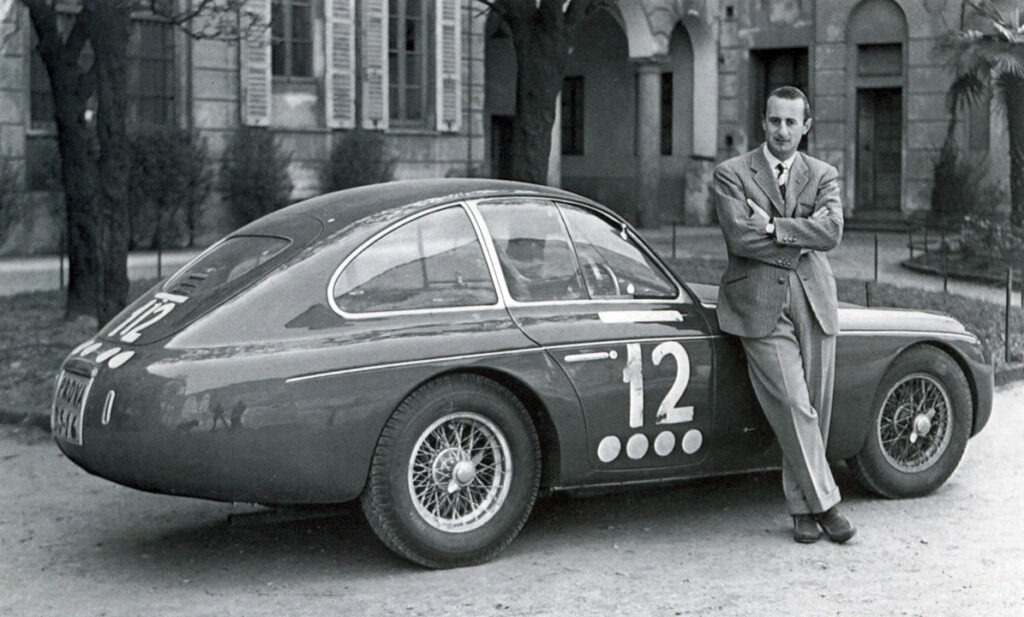
He searched for more spacious and more comfortable car greenhouses. They eventually crystallised in a new type-form characterised by airiness and visibility thanks to large glazed areas made with a new material, Plexiglas, in place of the traditional heavy glass. He called it “Panoramica” body, destined to mark the rebirth of his coachwork: Maserati, Lancia, Fiat and MG were “dressed” with this innovative body. In 1948 he built a Panoramic body for the Ferrari 166 Mille Miglia, belonging to Antonio Stagnoli – this was the first Ferrari coupé ever. The Panoramic concept was an invention of Luigi Rapi, chief Zagato designer at that time.
The 1950s: Gran Turismo cars
As a gift for his graduation at Bocconi University of Milan, Elio Zagato, Ugo’s first-born son, received an open-top sports car based on a Fiat 500 B chassis in 1947. This car represented the beginning of his career as a gentleman driver (in a total of 160 races, Elio earned a place on the podium 83 times) and as a manager of the family company.
The birth of the Gran Turismo category, conceived in 1949 by Count Giovanni Lurani, journalist Giovanni Canestrini and Elio himself revolutionised the world of automotive competition: the category comprised cars with sports coachwork and a production chassis or bodyshell of which at least 30 examples had to be built. They were, therefore, cars capable of being used on an everyday basis, comfortable and well-finished, yet sufficiently sleek and aerodynamic to race at weekends on the leading circuits. AC, Alfa Romeo, Abarth, Aston Martin, Bristol, Ferrari, Fiat, Maserati, Jaguar, Osca, wore Zagato GT bodies.
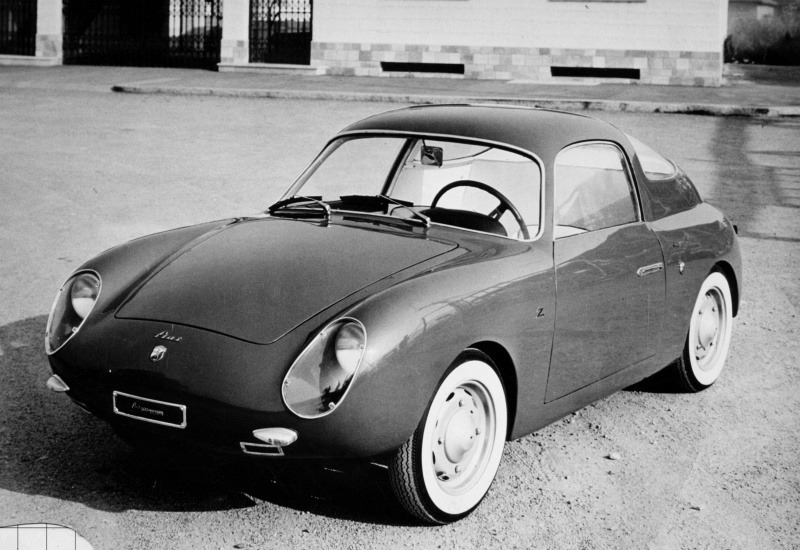
In 1955 Elio Zagato scored a memorable victory of the International Granturism Championship at the Avus circuit driving a Fiat 8V Zagato.
The 1960s: Fuoriserie cars
The higher demand for special bodies required a passage from a handcraft to an industrially-based organization. Elio Zagato found a larger location at 30 Via Arese in Terrazzano (northwest of Milan), very close to Arese where Alfa Romeo would have chosen soon to establish its new plants.
In 1960 Ugo Zagato was awarded with the Compasso d’Oro design prize for the design of the Fiat Abarth 1000 Zagato. In this period the mission of Zagato was to design special bodies to be assembled in series and fitted with mechanical parts and interiors supplied by major constructors. Under the partnership with Alfa Romeo the Giulia SZ, the TZ, TZ2, 2600 SZ, the 1750 4R and the Junior Zagato were born.

In partnership with Lancia, Zagato continued the “Sport” series with the Lancia Appia Sport, the Flaminia Sport and Super Sport, the Flavia Sport and Supersport and the Fulvia Sport and Sport Spider. In addition there were some for special customers: Osca, Lamborghini, Bristol, Rover, Honda and Fiat.
The 1970s: Geometric cars
Initially produced with a 1300 cc engine and immediately featured in the Alfa Romeo catalogue, from 1972 the Alfa Romeo Junior Z was also produced in 1600 cc form as well as the Lancia Fulvia Sport. In response to the Oil Crisis and in opposition to the irrational and anti-functionalist trends of the era, Zagato also proposed a electric production cars called Zele.
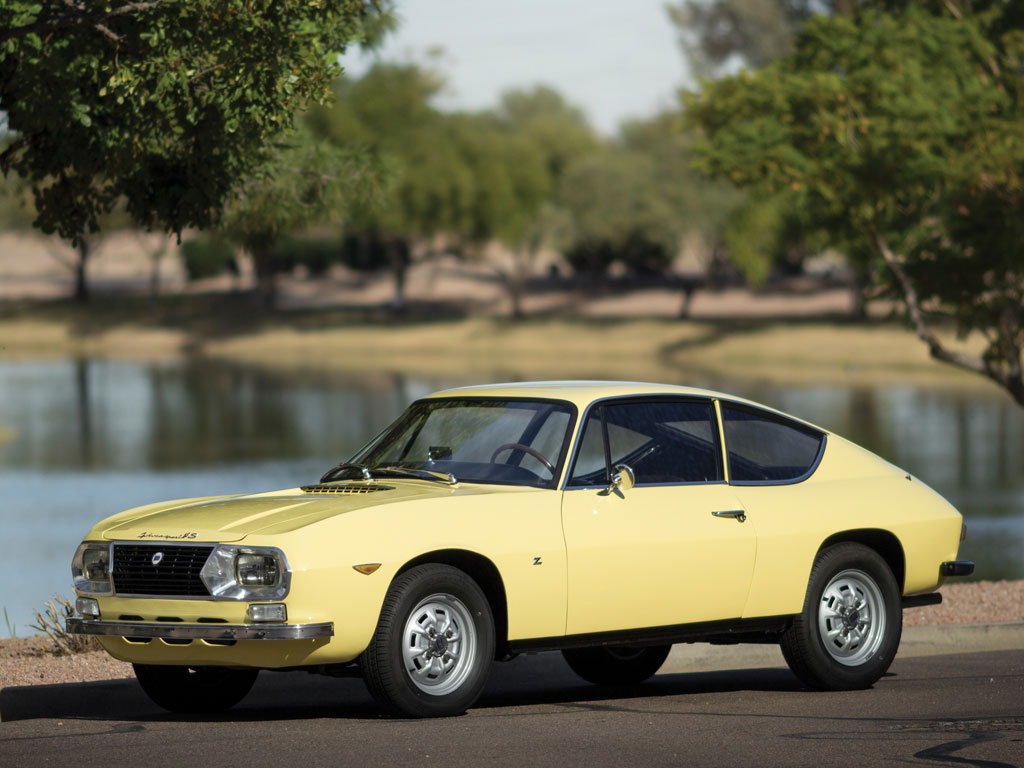
A new Ferrari Zagato, called 3Z, came to life in 1971, thanks to an idea of Luigi Chinetti of Ferrari NART who financed the decidedly angular spider. It was introduced in 1971 at the Turin Motor Show and marked the definitive departure from Alfa SZ, TZ and Lancia Flaminia and Appia’s curvy volumes to embrace the squared volumes of Lancia Fulvia Sport and Alfa Romeo Junior Z.
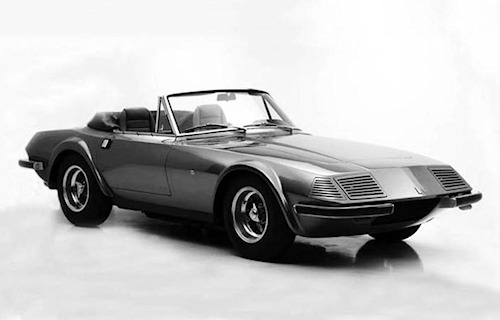
Three years later Chinetti committed to Zagato a second car for him. Based on a 330 GTC chassis, it would be a coupé with removable top. This model was called 330 Convertible Zagato and had few stylistic differences with the 3Z: front lights covered with Plexiglass instead of the eyelid headlight covers. Also the tail was derived from the Spyder but all angles were smoothed and the rear light cluster was enclosed in shallower niches. The most original feature was the roof which could be unhooked and stored in the boot. From Chinetti himself came another special order.
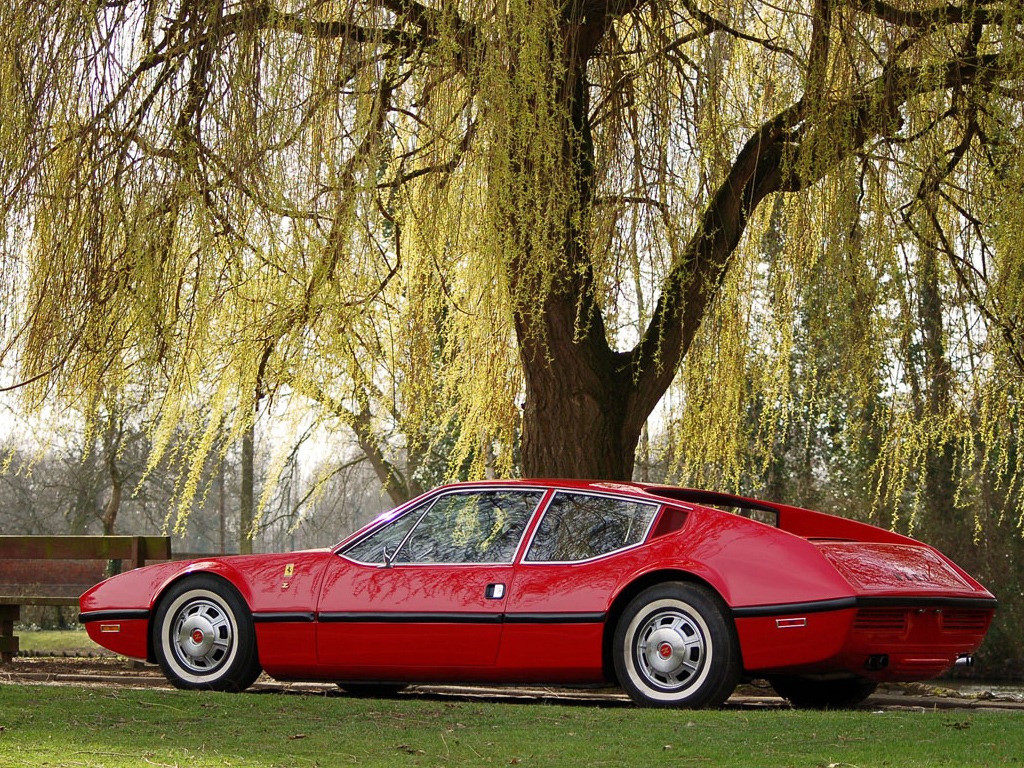
At that time Zagato started a new project for a different four-seater, mid engined concept which became the 1970 Cadillac N.A.R.T. This would be a luxurious, sophisticated, high performance four-seater. The front wheel drive power train of a Cadillac Eldorado was relocated to create a mid-engined layout. Zagato was asked to build the prototype from the drawings and a clay model that was conceived in GM’s studios. After its completion, it was displayed at the 1971 Turin Motor Show.
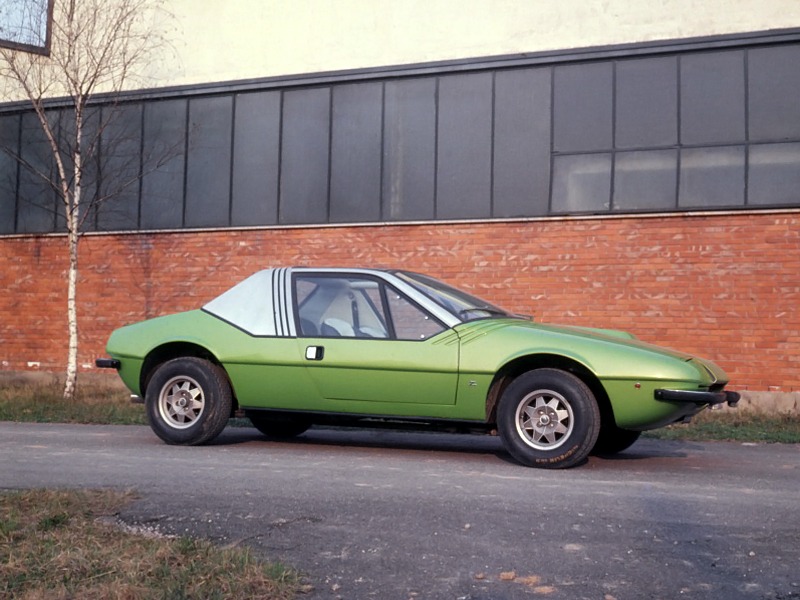
A Fiat, based on 132, and named Aster, was bodied as prototype as well as a Volvo GTZ. The Zagato facility in Terrazzano saw also the assembly of Lancia Beta Sport Spider that established Lancia’s name in America and Australia and the Bristol 412 convertible, whose design was very similar to the Lancia’s one.
The 1980s: CAD – Computer Aided Design cars
The demand for exclusive spiders and coupes led to the creation of limited, numbered editions from Zagato. The Aston Martin Vantage (50 units) and Volante Zagato (33 units) were the highest expression of this economic and commercial climate. Furthermore, the Milanese coachbuilder bodied the Maserati Spyder and Karif.
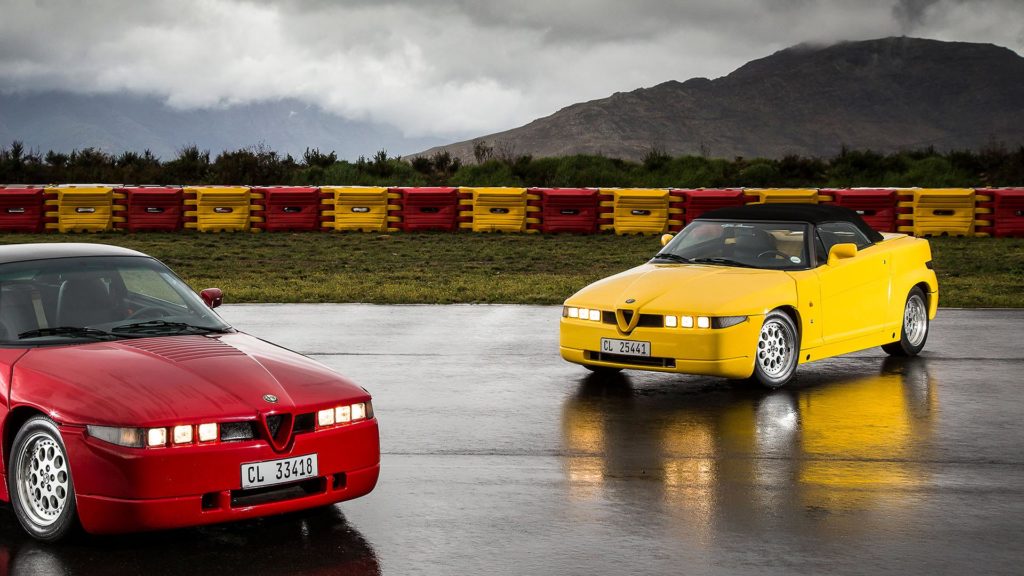
The S.Z. coupe (1989) and roadster named R.Z. (1992) were assembled here for Alfa Romeo. Both cars were born by the first application of CAD process to automobile. The S.Z. was an experimental coupé that revisited Alfa Romeo’s legendary sporting image, a true rear-wheel drive Alfa Romeo coupé, a symbol of sporting pedigree hostile to any compromise. It harks back to the philosophy of the extreme coupés that distinguish the historic Alfa – Zagato relationship: the 1900 SSZ 1954, the Giulietta SZ (Sprint Zagato) 1960, the Alfa Giulia TZ and TZ2 and the 2600 SZ 1965, Junior Z and Alfa Z6.
The 1990s: CAM – Computer Aided Manufacturing
Zagato faced the need to keep up with the new demands of an evolving market: while it organised (from 1993) a one-brand race series for Alfa Romeo S.Z. and R.Z. it was no longer solely a coachbuilder Atelier, tied to the production of sports cars, but rather a service centre now working in the extended area of transportation design. The company styled and built prototypes and show cars on behalf of car manufacturers but also railways and industrial vehicles.
In 1991 and 1993, the Design Zagato division introduced two Ferrari show cars based on the 348 and the Testarossa where styling motifs subsequently adopted on the F355 and more recently on the 360 Modena and the Enzo were used.
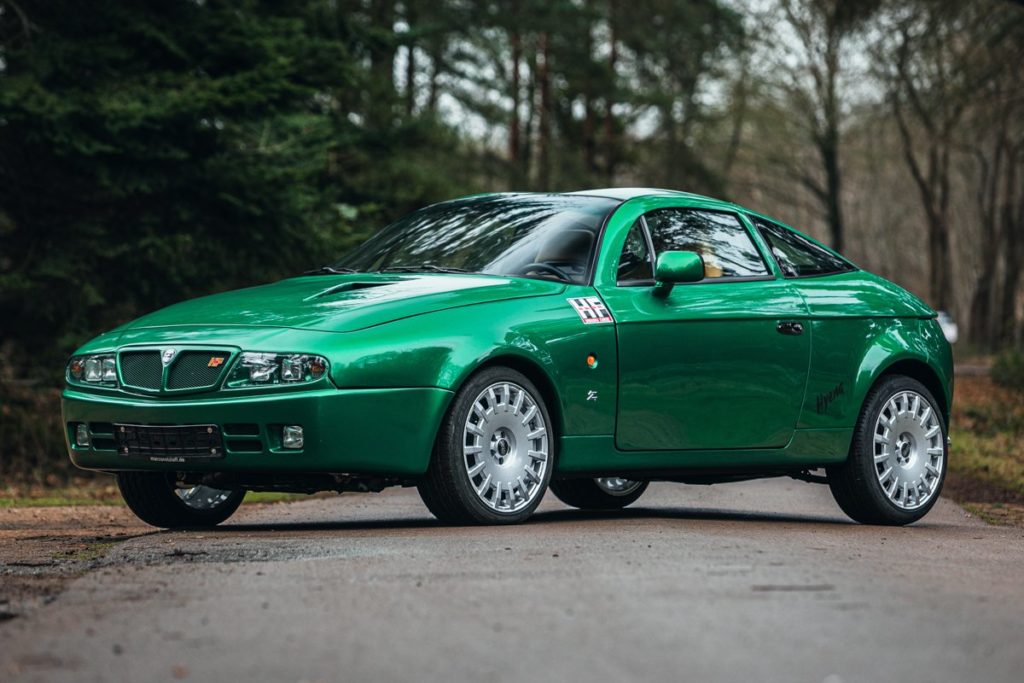
In 1992, as a tribute to the Lancia Delta Integrale victories, the Hyena concept was created and a small series of 25 cars were built. Zagato built the Raptor and the Canto concept, both powered by a Lamborghini V12 at the request of Mike Kimberley Sant’Agata Bolognese company’s CEO. Elected “Best Concept” at the 1996 edition of the Geneva Motor Show, the Lamborghini Raptor was produced in less than four months, thanks to the use of integrated technology applied to the CAD/CAM system that allowed the intermediate styling buck phase to be eliminated. The Raptor represents one of the first experiments in the use of virtual systems in support of and/or in alternative to the construction of mock-ups and concept cars.
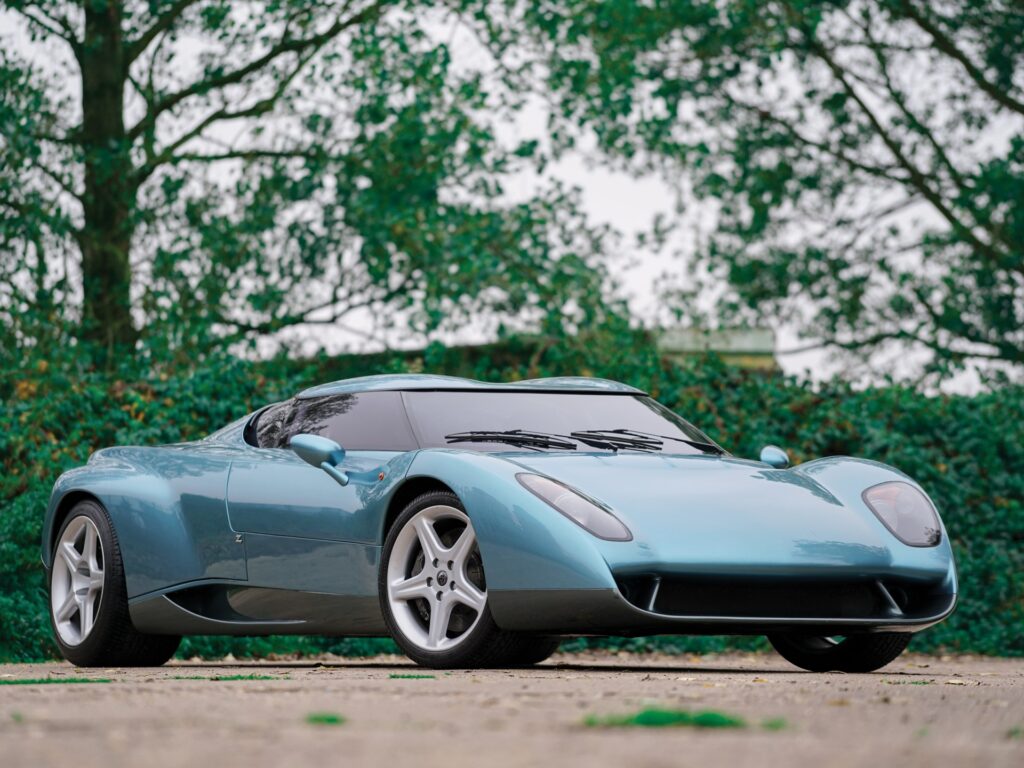
The Lamborghini Canto represents what could maybe have been the Murcielago (anticipating the greenhouse and the interior). It featured the typical Zagato cues: the double bubble on the roof and the large rear intake of the engine, very similar to supersonic planes’ turbine.
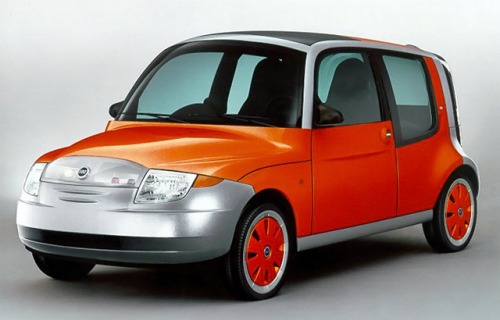
In 1998 Zagato was commissioned by FIAT to design and produce three running prototypes with low fuel consumption (3 litres/100 kilometres). The Turin-based corporation presented the Ecobasic at the Geneva Motor Show in 2000 where it was judged to be the best research concept.
Recent years
In more recent times the company has passed under the direction of Andrea Zagato (grandson of the founder) and has its new headquarters in Rho, in the Milanese hinterland: its factory occupies an area of 23,000 square meters, of which 11,000 are covered.
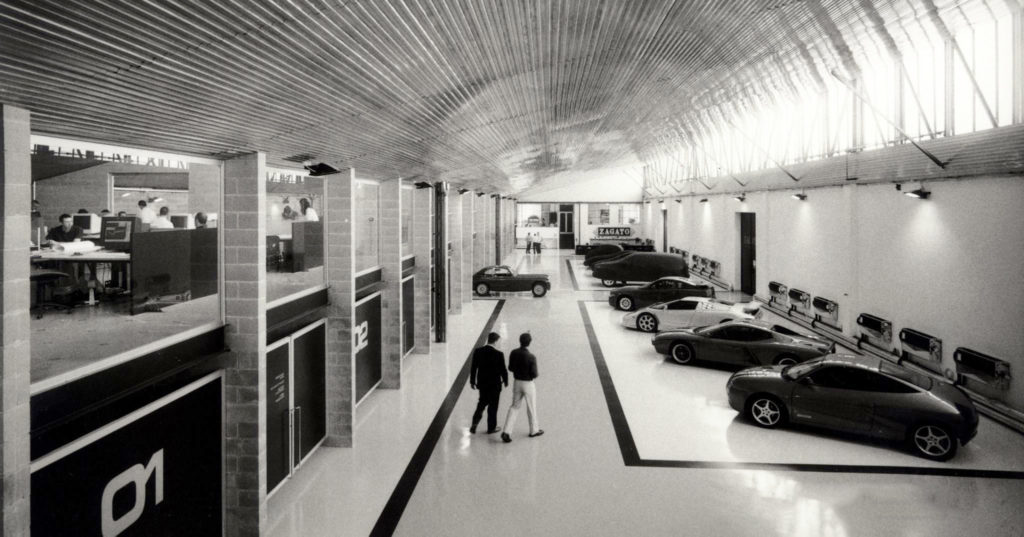
On September 25, 2008, the company issued a statement affirming an alliance with the Indian company Autoline Industries (supplier of certain vehicle parts to Tata Motors). In truth, it seemed to be an acquisition negotiation by the Indian company of 49% of the Milanese company. The agreement was signed with the intention of giving substance to the Italian brand, making Autoline available its 10 production and research plants in India and the United States and the support of about 300 designers.
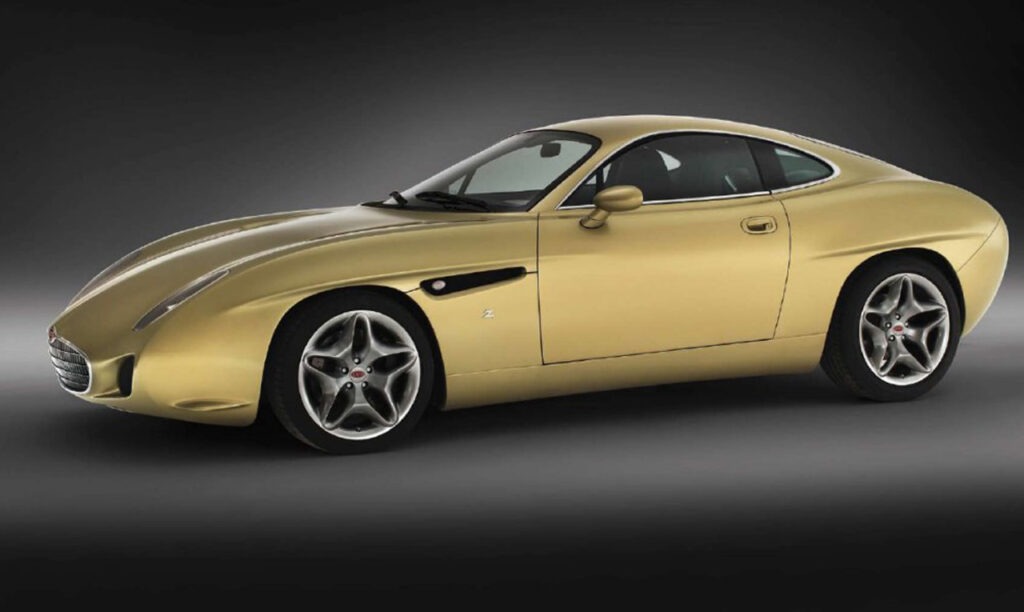
Among the most recent operations of Zagato is the design for ATM Milano (Compasso d’oro Award 2001) of the Eurotram based on Bombardier Flexity Outlook. It also presented itself at the Geneva Motor Show in 2007 with the Diatto Ottovù concept. In 2010 it celebrated Alfa Romeo’s centenary (and 90 years of collaboration with it) by presenting the Alfa Romeo TZ3 Corsa which won the design concept award at the Concorso d’eleganza Villa d’Este; a year later, small series production of the TZ3 Stradale begins. In July 2011 it was reported that specialist car builder Coventry Prototype Panels (CPP) had acquired Zagato, with Vladimir Antonov funding CPP and its recent acquisitions, but that CPP Milan s.r.l. is an independent company. At the beginning of 2012 CPP Manufacturing was acquired by Envisage Group, a consulting-service company in automotive engineering field based in Coventry. Zagato also designed non-automobile projects such as an automated guided electric commuter train for a city in Abu Dhabi.
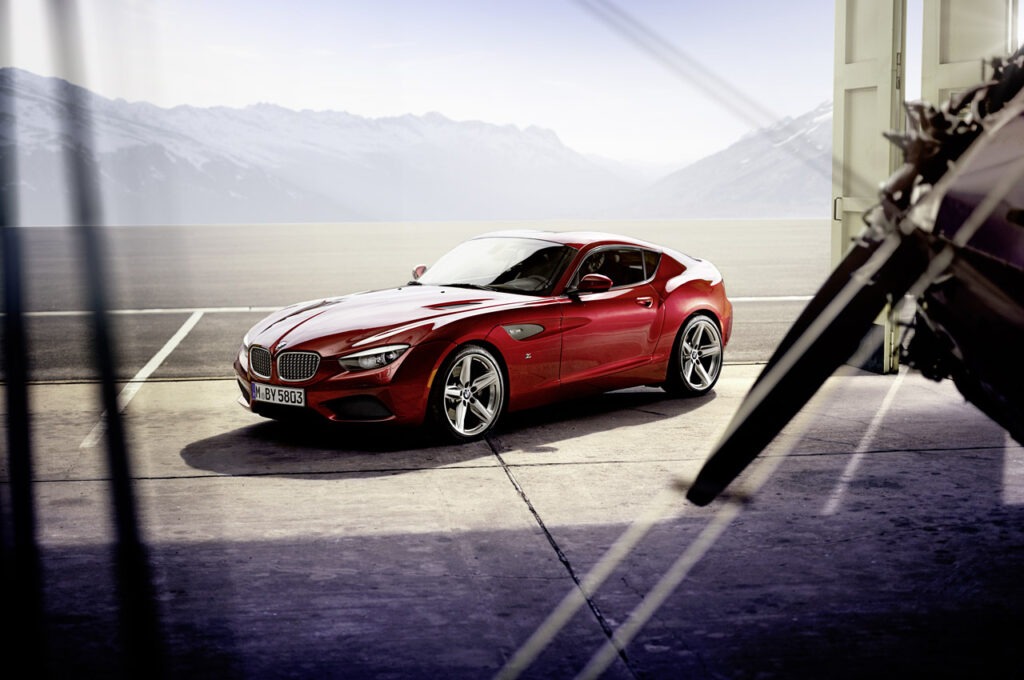
In 2012 Zagato collaborated with BMW for the realization of the BMW Zagato Coupé concept, built based on the Z4 and unveiled at Villa d’Este. In 2014 the Lamborghini 5-95 Zagato was unveiled. Commissioned by entrepreneur and car collector Alber Spiess, it was born thanks to a collaboration between Zagato and Lamborghini. Based on the Gallardo LP570-4 the car has a rounded body design, with Zagato’s signature “double-bubble”. It features some design elements that recalls the Lamborghini Raptor.
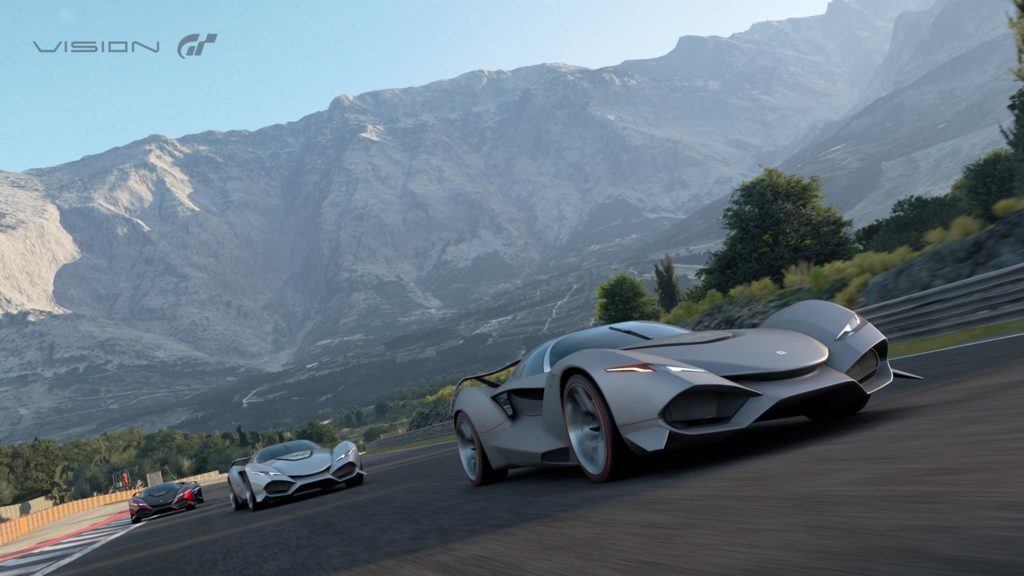
Meanwhile, the collaboration between Zagato and Aston Martin continues turning out several models like the V12 Zagato Coupé, the DB AR1 and the DBS Centennial series. In 2015 the Thunder Power Sedan was presented at the Frankfurt Motor Show, an electric car made by the Taiwanese Thunder which enters into an agreement with Zagato for the development of both exterior and interior design, the collaboration between the two companies also includes a future electric crossover SUV. Worth noting is the collaboration in 2017 between Sony and Zagato for the creation of the Iso Rivolta Vision Gran Turismo which is featured in the videogame series Gran Turismo. The Iso Rivolta brand is dusted off again at the end of 2020 with the GTZ, a “fuori serie” built in only 19 units.


